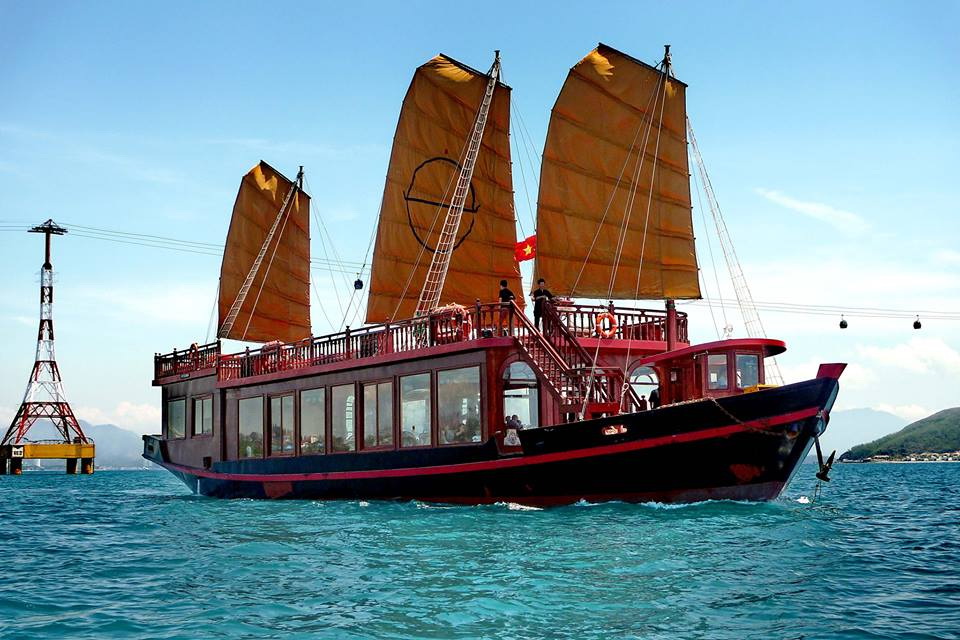10 Most Beautiful Castles in England
Built to keep enemies out while protecting the safety and comfort of those within, England‘s castles have long captured the imagination of travelers from around the world.
1. Windsor Castle
2. Bodiam Castle
Looking like something out of a fairytale, Bodiam has all the attributes that people expect when visiting a Medieval castle, from its soaring towers and battlements to its forbidding portcullis and moat. The interior of the castle lies in ruin, however. It was dismantled during the English Civil War in the 1600s to prevent the castle from being used by the enemy. In 1829, art philanthropist John Fuller purchased the castle for 3,000 guineas to save it from demolition.
3. Warwick Castle
4. Tower of London
Although the castle’s official name is Her Majesty’s Royal Palace and Fortress, the royal family has not used the Tower as residence since the Tudor period. The castle has been a popular tourist destination since that time, attracting visitors who come to see the castle’s menagerie, its amazing displays of armory and the nation’s Crown Jewels. Yeoman Warder tours led by knowledgeable, friendly and chatty “Beefeaters” are the highlight of a visit to the Tower of London.
5. Bamburgh Castle
In 1894, the Victorian industrialist William Armstrong purchased the castle and restored it. It remains the Armstrong family home today, but 16 rooms are open to visitors. Some rooms have been converted into exhibit halls for artifacts like Medieval armor, including the famous 7th-century Bamburgh Sword excavated from the site during an archaeological dig.
6. Arundel Castle
Arundel Castle has remained the residence of the Dukes of Norfolk and their ancestors for more than 850 years. Nearly destroyed during the English Civil War of the 17th century, the structure underwent many renovations over the centuries, and in the 19th century, the 15th Duke of Norfolk completed a long restoration project. Today, the estate’s 14th-century chapel, its exquisite gardens and many of the castle’s breathtaking rooms are open to the public.
7. Leeds Castle
From its lavish palace to its lush grounds, the vast 500-acre estate has more attractions than can be experienced in a single visit. The moat that surrounds the castle is actually a lake fed by the River Len, and punting on the water is a favorite activity. The castle grounds boast an elaborate yew maze as well as a turf maze designed for young children.
8. Framlingham Castle
Framlingham played an important historical role during the Tudor Period when the Howard family owned the castle. Henry VIII seized the estate, Queen Mary returned it and Elizabeth I took it back again. After her death, the castle was once again returned to the Howards. The castle was donated to Pembroke College in 1636, and the inner buildings were tore down to build a poorhouse. Visitors can explore the castle’s history at the “From Powerhouse to Poorhouse” exhibition and can view the Howard family tombs at the nearby Saint Michael Church.
9. Alnwick Castle
10. Corfe Castle
Source Touropia

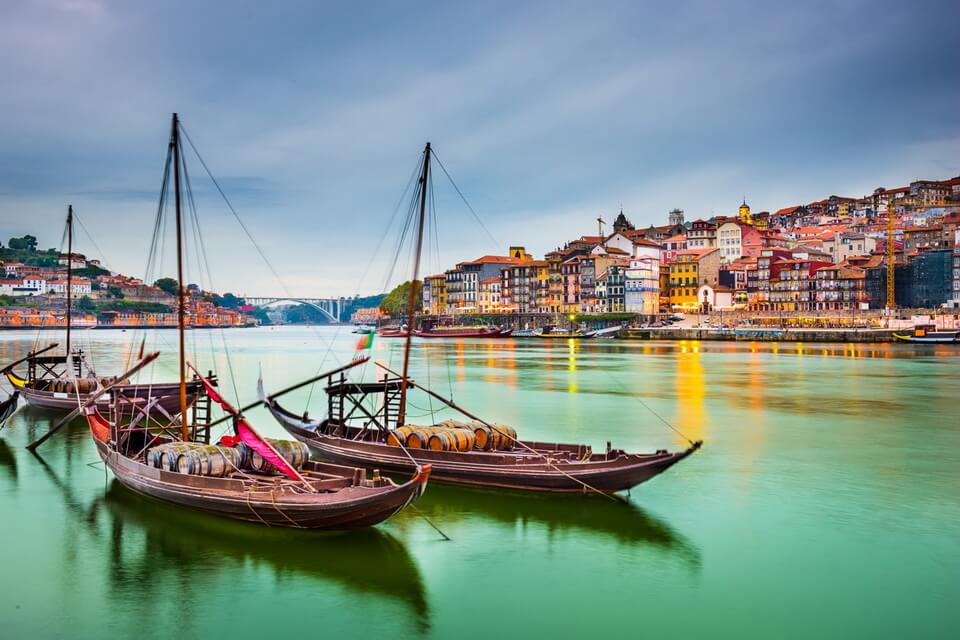
Benefits from investment for overseas settlement

New experiences for travel in Taiwan

Exploring the ancient city of Bagan
Living a farmer’s life in Ibaraki Prefecture
Let’s live with farmers from the Hiroura Rural Experience Promotion Association in Ibaraki Town!
From cherry blossoms to nemophila, spring in Ibaraki is the season of flowers
Spring is the season of flowers blooming everywhere. This article would like to introduce the places ...
What's so special about experience tours in Ibaraki?
Ibaraki Prefecture is easy to reach from Haneda Airport or Narita Airport. It takes about 90 minutes ...
Where to see the most spectacular Cherry blossoms in this Spring
Spring is here, and so is the countdown to one of the most beautiful blooms of the year: Cherry blos ...
Tet and others spectacular festivals around the world in January 2020
In January 2020, Tet festival in Vietnam and others spectacular festivals around the world are color ...
The best Christmas drinks from around the world
Boozy, warming, and very indulgent – what more do you expect from a Christmas cocktail? Try one of t ...







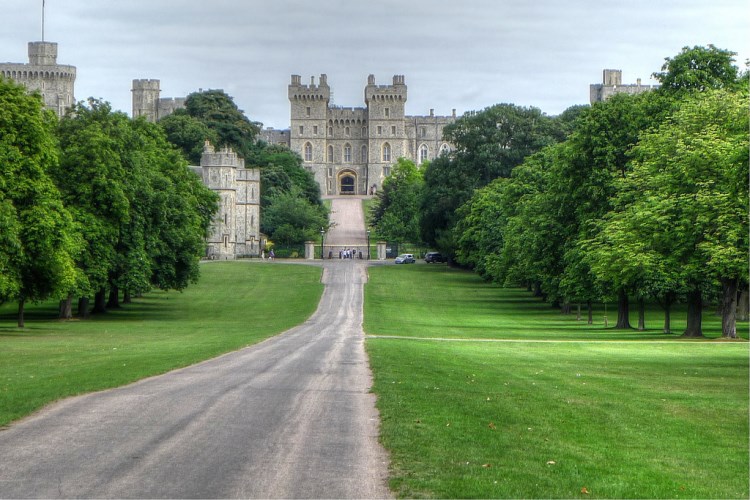


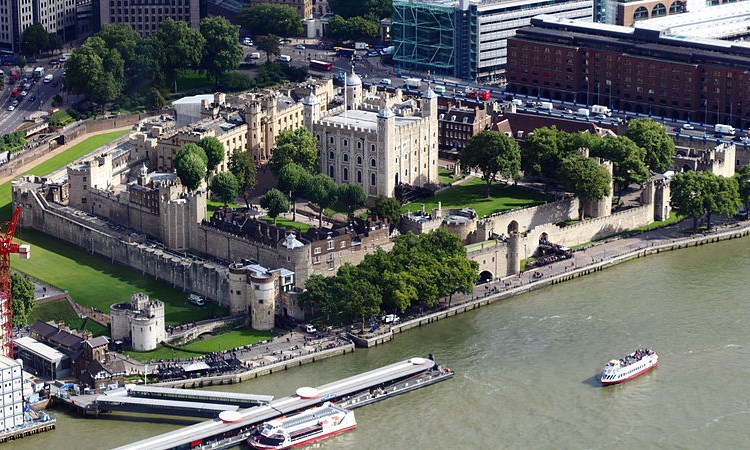


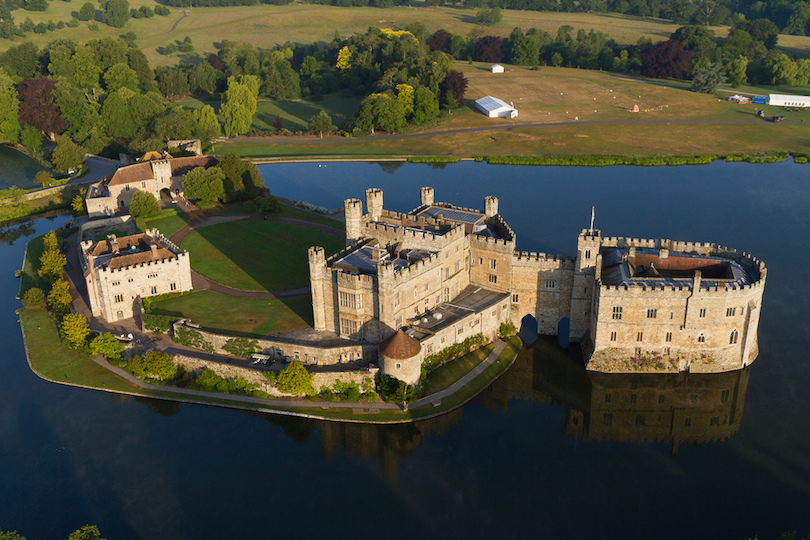
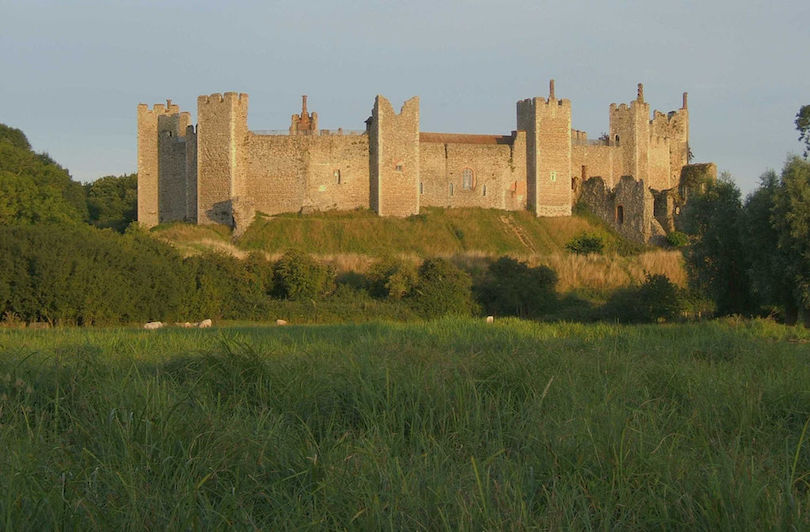
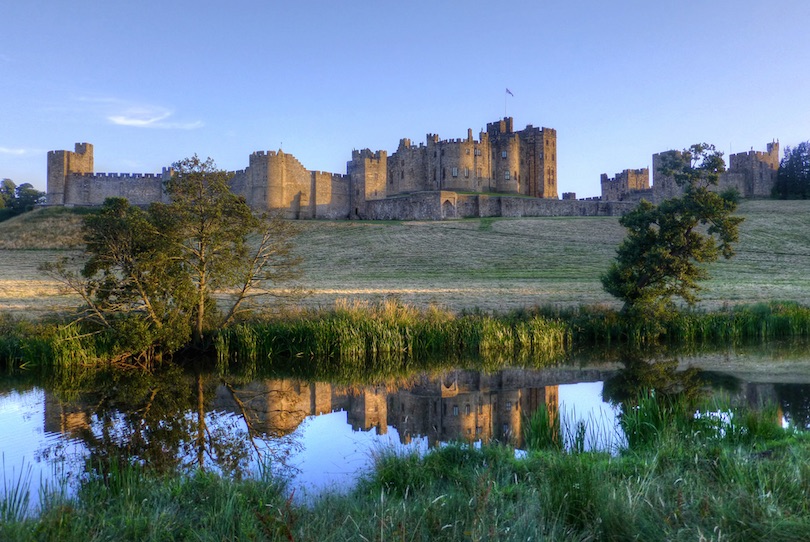

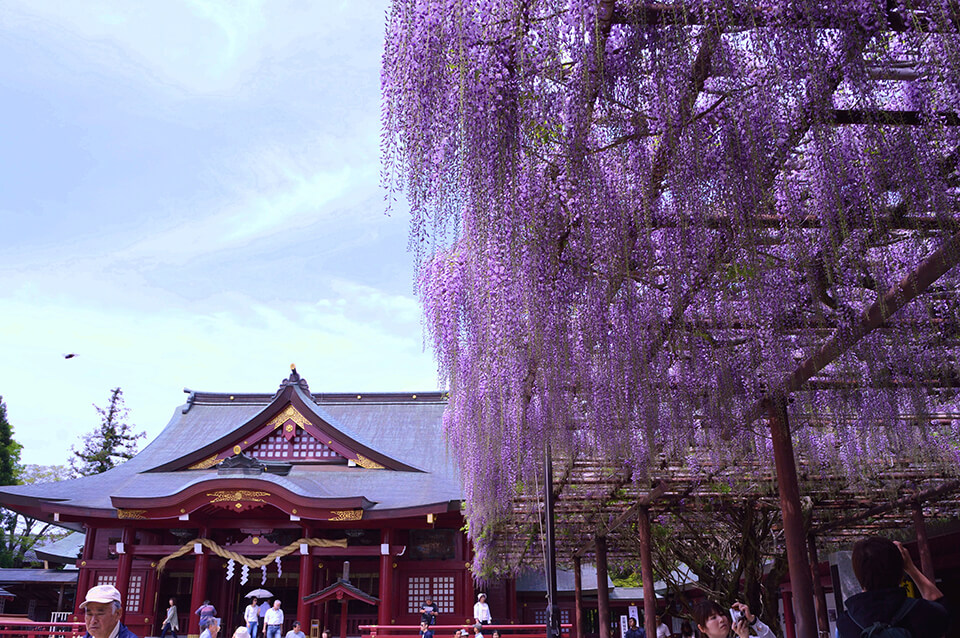

 (1).jpg)



